Why now is the perfect time to explore Britain's finest cities
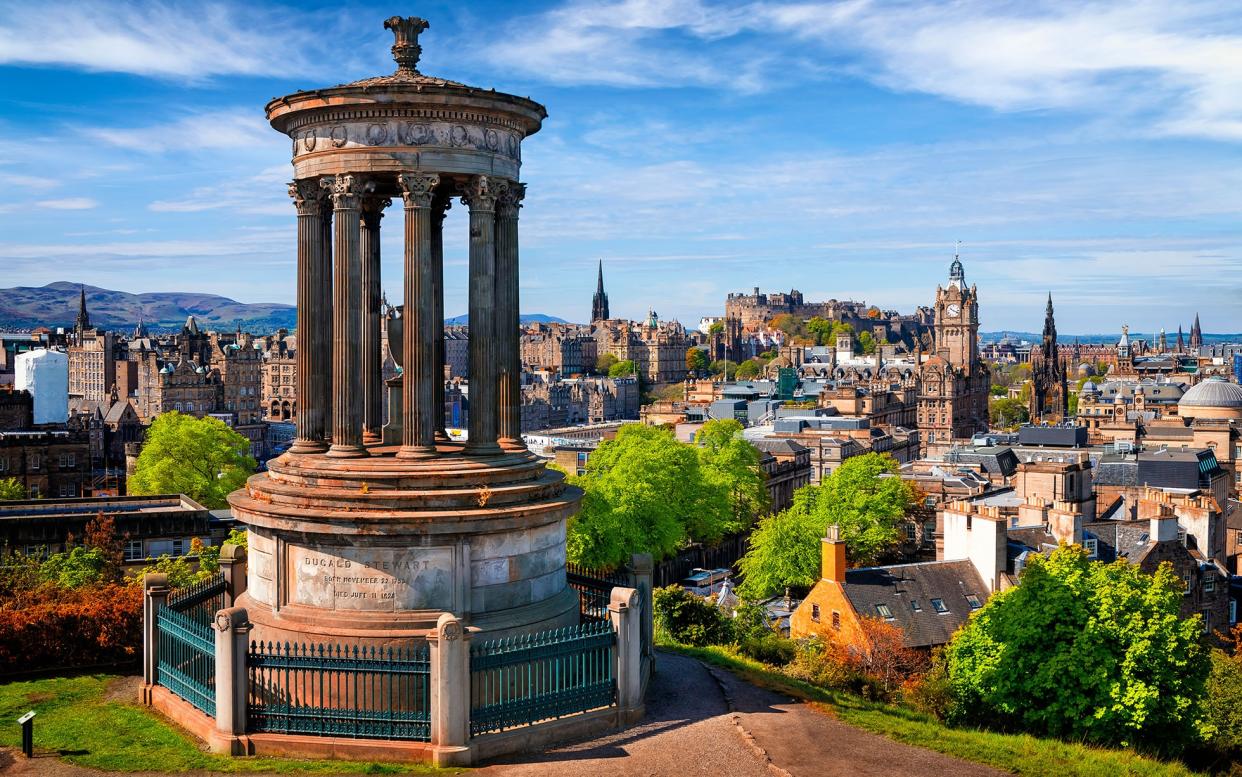
As everyone else heads for the coast or countryside, why not experience the delights of a trip to the city this spring or summer
In all the excitement about domestic holidays restarting, Britons have booked up self-catering stays in the country or by the seaside, while perhaps neglecting our cities.
Demand for cottages, campsites and other accommodation has exploded for spring and summer – surely it will be the busiest year ever for staycations
While most of us head for the hills and beaches, places like York, Bath and London – normally besieged by overseas visitors at this time of year – will be much, much quieter than usual. Perhaps only a trickle of tourists will come from Europe, maybe almost none from the US and tiny numbers from the rest of the world.
In short, this spring and summer look like an opportunity to avoid the crowds on the coast and in the National Parks and see our most beautiful cities devoid of the tourist crush.
So, to help you make the most of them, we have come up with mini-guides to five cities – London, Bath, Cambridge, York and Edinburgh – with our suggestions for what to see and do.
For museums, galleries or hotels in England (set to reopen on May 17, please check the latest visiting arrangements before travelling and note that for most you need to book tickets and a visiting time in advance.
London
I recently saw a photograph of Parliament Square in the 1920s. It was busy with people; men in flat caps, women in voluminous dresses. But there were no sightseers: they were all simply going about their business. There is something of that feeling about London at the moment. It’s an extraordinary time when sights and streets have been reclaimed by the local population. There are no coaches lined up on the Embankment, no groups of marauding French teenagers, and no selfie sticks. Galleries and museums are set to reopen again from May 17 (and should be quieter than usual). Until then, shops have reopened and warmer days are ideal for enjoying time in pub gardens or dining outdoors.
The sights
If you're booking a visit for after May 17 (when museums can reopen): the ones to see are those usually most popular with tourists. In a typical year, more than 60 per cent of visitors to the National Gallery and British Museum, for example, come from overseas. So you’ll be able to enjoy two of the world’s greatest museums in peace and tranquillity. From the National Gallery you could walk down to Westminster Abbey, another sight normally besieged by overseas visitors. It is an excellent chance to see the new museum, with its astonishing views down the nave from high in the triforium galleries.
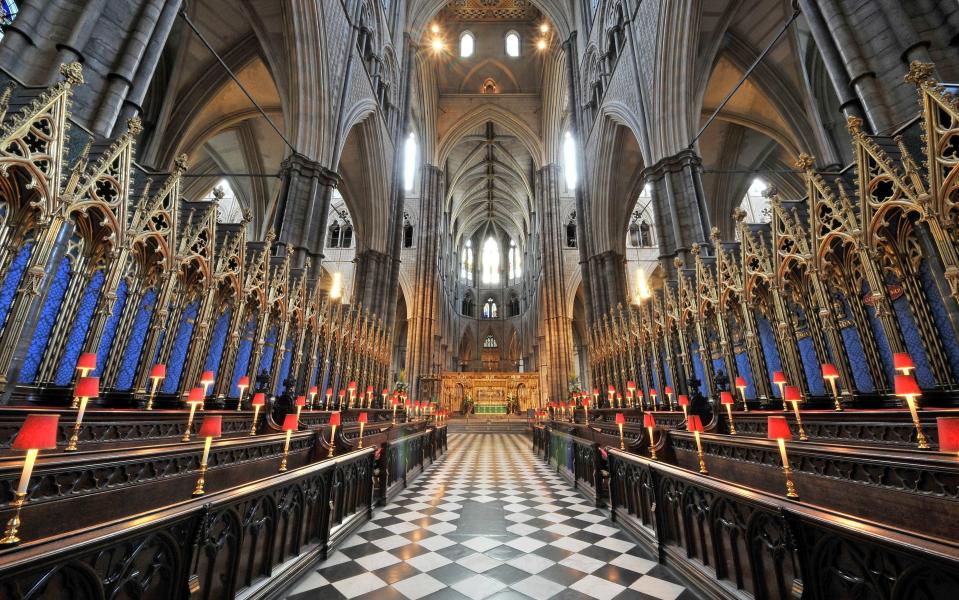
The walk
There are so many possibilities and you probably have your own hit list of the parts of London you want to see. But an excellent, ready-made itinerary which will be far quieter than usual and is conveniently marked by plaques in the pavements is the Jubilee Walkway. The whole thing is 15 miles long, but it’s divided into shorter loops and the six-mile western loop is the most appealing for a summer walk. Starting in Leicester Square, it heads down to Trafalgar Square, into St James’s Park, past Horseguards Parade and into Parliament Square, passing Westminster Abbey and the Palace of Westminster.
From here, there is a long stretch along the south bank of the Thames, up past St Thomas’ Hospital, the London Eye, the National Theatre and Tate Modern before crossing the Millennium Bridge just before Shakespeare’s Globe. Now you are in the city and from St Paul’s Cathedral the route goes up Ludgate, Fleet Street, Chancery Lane and Lincoln’s Inn Fields. The final stretch takes in the Royal Opera House and Covent Garden Market before completing the loop back at Leicester Square. Full details and a map are available.
What you’ll miss
The nightlife, the theatres and shows; the crowded pubs and restaurants will obviously all be in abeyance for some months yet. But you can offset some of that loss of intensity and dynamism by strolling out to enjoy the parks and the walkways along the river or the atmosphere in the main squares and avenues. London on a quiet summer’s evening may not have the same buzz and energy, but it has its own allure.
Where to picnic
The pick of the parks for me is St James’s. Along with Green Park, it is the most central, but it has the added bonus of the lake with its pelicans and black swans, as well as a children’s playground. Enjoy a rare summer when it is free from the lunchtime invasion of office workers as well as tourists.
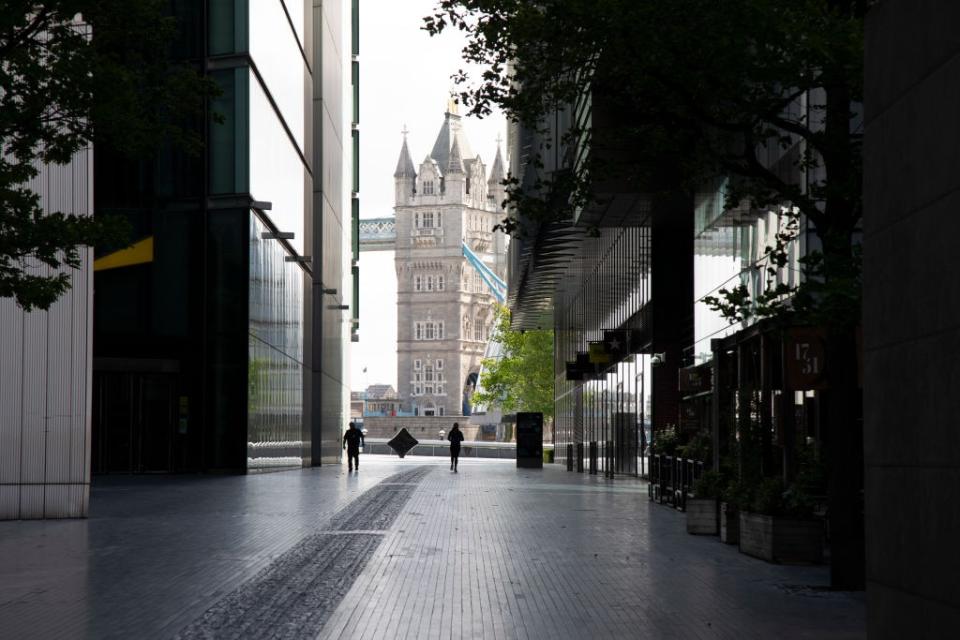
Where to stay
Hotels can reopen from May 17: Dean Street Townhouse, from £215 per night. CitizenM Bankside, from £95. For more ideas on where to stay, see our complete guide to the best hotels in London.
More information: visitlondon.com
Cambridge
Cambridge has one of the most historic and beautiful city centres in Britain, but it is also one of the most compact and suffers more than most from intensive tourism. So the thought of being able to explore without dodging the usual scrums and queues is rather wonderful. If you live within easy range, Cambridge makes an excellent day out. But it is also the perfect size for a weekend break. Normally it is short of good accommodation options in the centre, but you stand a much better chance of finding somewhere at the moment.

The sights
Punting is by far the best way to enjoy the city in summer. Scudamore’s rents them out by Silver Street bridge and you get the knack quite quickly. Currently it is offering self-hire punts upriver towards Grantchester village; to head downstream past the college gardens, you need to book a chauffeured tour. If your visit takes place after May 17, the Fitzwilliam is one of the great underrated museums in England with a fabulous collection of art ancient and modern – it is planning to reopen in August. And it would be a crime not to see the soaring vaults of Henry VI’s astonishing chapel at Kings, once it welcomes back visitors.
The walk
Although Cambridge is famous for its cyclists, most pedal to the outlying faculties, lecture halls, colleges, and sports fields. Most of the key sights are in the centre, and it is much easier to take these in on foot. Start on King’s Parade – outside King’s College, though don’t expect the best views of the college and chapel until near the end of the walk. You have Gonville & Caius College ahead of you and Great St Mary’s Church on your right. Cut through to the Market Square then head down Sidney street, past the medieval Round Church and the Cambridge Union building just behind.
Turn the corner to pass St John’s followed by Trinity – the richest and arguably the grandest of all the colleges. You may be able to glimpse the Great Court through the 16th-century gate tower. Skirt down two narrow, atmospheric streets, Trinity Lane and Garret Hostel Lane, to reach the pedestrianised Garret Hostel Bridge which has some of the best views of the River Cam. From here you can explore the “Backs”, the meadows and gardens to the rear of some of the most beautiful colleges. You get excellent views of Wren’s library at Trinity and also the most famous view of King’s chapel. Follow the footpaths round to Queens’ College and over Silver Street bridge and you will soon reach Trumpington Street, which leads back up to King’s Parade. It passes the front of St Catharine’s – the only college with an unimpeded view of its main court from the street.
What you’ll miss
Few, if any of the colleges are likely to open to visitors yet. Many students are yet to return. So you won’t get the same sense of youth and academia which pervades the town, nor more than a glimpse of the inner world of the colleges.
Where to picnic
If you don’t take your picnic on a punt, then head either for the fens along the river bank just south of Silver Street bridge, or the botanical gardens, about 20 minutes’ walk from the centre towards the railway station. It’s a wonderful place to enjoy your sandwiches, though currently you need to book a ticket (£5.50) and an entry time in advance.
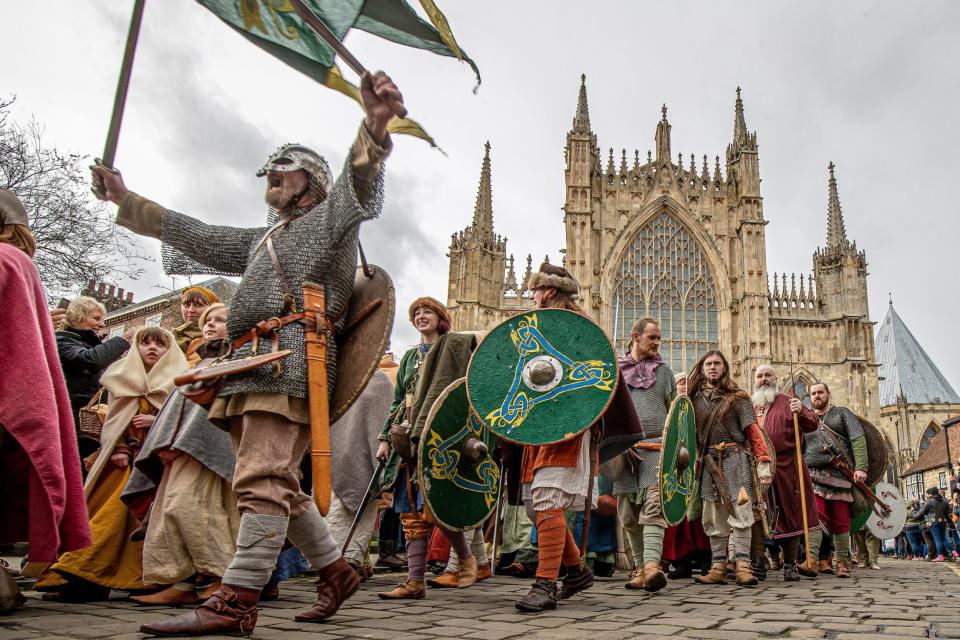
Where to to stay
After May 17: University Arms Cambridge, from £200. The Varsity Hotel & Spa, from £255. For more ideas on where to stay, see our complete guide to the best hotels in Cambridge.
More information: visitbritain.com
York
With its layers of history, sublime cathedral, fanfare of museums, handsome river, and cobbled streets, York is hot on any tourist’s list. But boy, can it get crowded: more than eight million annual visitors in a city that, within its walls (medieval, by the way, not Roman) is barely a mile in diameter. With luck, this summer you can explore with breathing space.
It is easily walkable, and the walls (hop on and off at the various “bars”, or gateways) give an excellent overview. With the new one-way system, the walk will be a less fraught experience than usual too. History buffs are spoilt for choice, particularly when museums and the like can reopen in mid-May: the time-travel experience of Jorvik, where capsules whisk you back to the Viking-age city; Victorian street recreations and 1960s fashion at the Castle Museum. Architecture lovers only need to wander: apart from the Minster, there are some 20 other churches, medieval Barley Hall and Georgian Fairfax House, plus cobbled streets of wonky-fronted buildings.
Half a summer's day could be spent at the National Railway Museum, though for children, the attractions of The Chocolate Story and York Dungeon are equally compelling.
The sights
Hemmed in by the city’s streets, usually teeming with tourists, it can be hard to get a handle on the scale of York Minster Britain’s largest medieval cathedral. It will reopen again to visitors on May 17 when they'll be a chance to appreciate the vast, soaring interiors of this Gothic masterpiece. Probably most famed for its medieval stained glass – the 600-year-old East Window is the size of a tennis court – other attractions include the mighty organ, the richly carved choir screen and the 100ft wide nave. The Minster even has its own police force.

Way more captivating than its prosaic title, The National Railway Museum – reopening on May 19 – could turn you into a train anorak. Get up close, or see inside, the legendary Mallard and Stephenson’s Rocket, a Japanese bullet train and Queen Victoria’s royal carriage (complete with silk-lined loo). Forget dusty archaeological museums at Jorvik Viking Centre (reopening on May 17). Automated “cars” whisk you back to 10th-century York (Jorvik), weaving between, and in and out of, houses, workshops and pigsties buzzing with townsfolk, sounds – and smells. It was all faithfully reconstructed from excavations on the site.
The walk
From the upstream side of Lendal Bridge, with its views of passing river cruisers, take the steps down to the riverside walk and wiggle your way through the adjacent Museum Gardens to Marygate, which leads up to Bootham. Turn right and hop on to the walls at Bootham Bar to stroll probably their most beautiful stretch – with views of the Minster and the Dean’s back garden – alighting at Monk Bar. Turn right down Goodramgate, popping in to the delightful – and often overlooked – Holy Trinity Church with its Georgian box pews and tiny garden, and continue down to King’s Square.
From the far right-hand side, make your way to The Shambles, the ridiculously narrow medieval street – you can shake hands across it from the upper-storey windows – turning right at the bottom towards Coppergate. From here, turn left into Castlegate, passing the handsome John Carr-designed Fairfax House, to Clifford’s Tower standing high on its mound and the only remains of York Castle. Head back to the centre along Castlegate and Coney Street to St Helen’s Square – pausing to pick up a cake from Betty’s splendid tea rooms – before strolling down Stonegate, the original Roman Via Praetoria. Overhung with medieval gables and lined with Georgian bow-front shops, it pops you out into the full glare of the Minster.
What you’ll miss
The Minster’s Tower is still shut to visitors. For now, you'll have to imagine the views from its 235ft rooftop, which extend over the city and the Vale of York, allowing you to spot landmarks such as the racecourse and the Nestlé chocolate factory. The city’s streets normally hum and thrum with buskers, from solo violinists to folk-rock bands. But because many streets are narrow, expect less music in the air.
Where to picnic
A good place to pick up provisions is Shambles Market, held daily in Silver Street. Then either weave your way through the streets towards the Minster and lovely Dean’s Park which spreads behind, or head from the market to Lendal Bridge and down the steps into the riverside Museum Gardens.
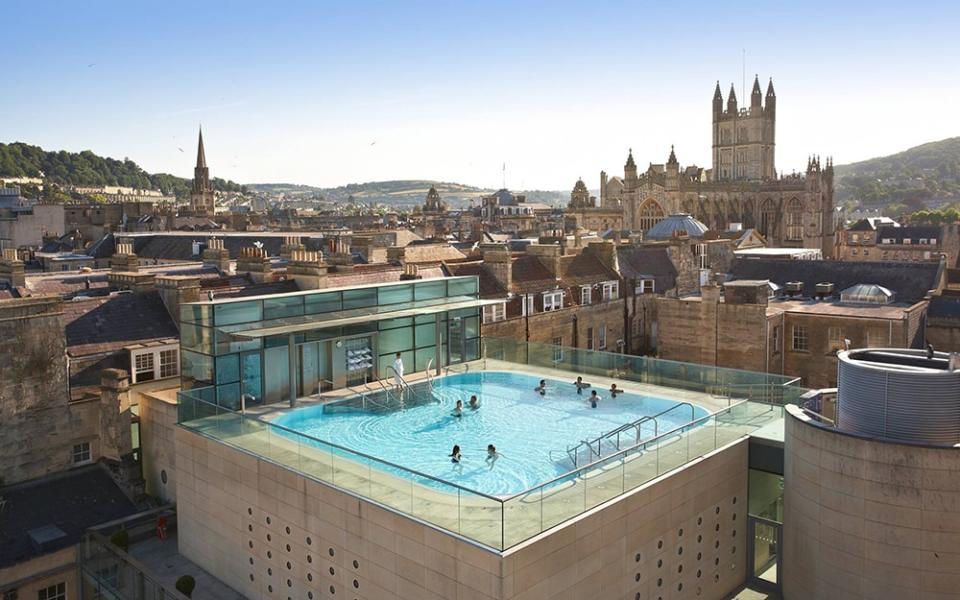
Where to stay
After May 17: Grays Court, from £220. The Principal York, from £122. For more ideas on where to stay, see our complete guide to the best hotels in York.
Further information: visityork.org
Bath
It’s the middle of the day on a summer Saturday in Bath. In normal times, the courtyard in front of Bath Abbey and the entrance to the Roman Baths would be heaving with tourists, most from overseas and many in coach tour groups. There would be a lengthy queue for the 2,000-year-old baths, and a long line of would-be bathers outside Thermae Bath Spa. Come evening, boisterous hen parties would be tottering between cocktail bars.
But these are not normal times. This spring, at least, it is more the case of “spot the tourist” in the Unesco World Heritage city, and for once you’ll be able to explore the elegant Georgian streets and some of its cultural sights without the usual crowds.
The Roman Baths, far and away the city’s busiest attraction, will reopen on May 17. Tickets need to be pre-booked online and the timed slots are selling out on busy days, so book ahead. Highlights include the remarkably intact bathing areas, the remains of the temple to the goddess of the hot springs and fascinating finds such as curse tablets. The Holburne Museum will also reopen on May 17. It has an absorbing collection of decorative and fine art, including works by Thomas Gainsborough, Bath’s best-known artist in the city’s Georgian heyday. Set around a woodland-flanked valley and partly designed by Alexander Pope and Capability Brown, Prior Park Landscape Garden has fine views across the city and a rare example of a Palladian bridge.
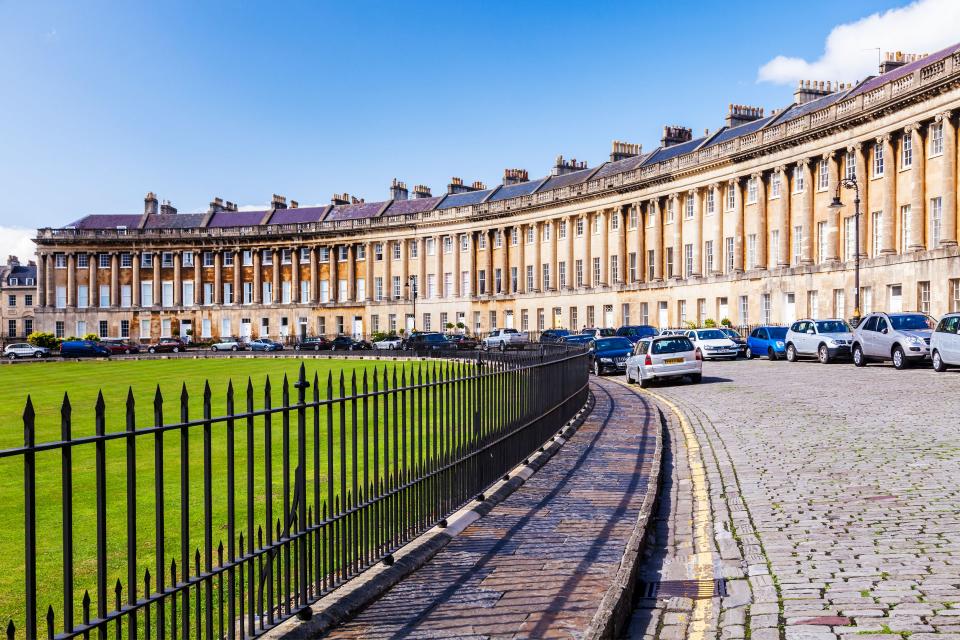
The walk
This circular route around Bath’s hilly northern side takes in five Georgian crescents, each a curvaceous wonder in honey-hued Bath stone. Start at the Royal Crescent, a palatial sweep of town houses (now mostly divided into flats) that when completed in 1775 overlooked fields. Head behind to St James’s Square, Bath’s most complete Georgian square, with a magnificent copper beech in the residents-only communal garden.
Go up Cavendish Road to Cavendish Crescent and admire its canopied doorways. Further up lies Somerset Place, another crescent in all but name with weird icicle-mask keystones on its central houses. Cut along to Lansdown Crescent – including its wings, a convex-concave-convex arrangement. Note its ornate wrought-iron overthrows (arches) and the sheep grazing in the field in front.
From the far end descend Lansdown Road, pausing to take in Camden Crescent on the left. Its central pediment is off-centre, because a landslip destroyed several buildings at the crescent’s eastern end.
Continue down Lansdown Road, then turn into Bennett Street. Pass the Assembly Rooms, focal point of fashionable Georgian society and prime Jane Austen territory, on the way to the circular and harmonious Circus. The stone acorns on the roofline reference Bath’s mythical founder Bladud, who looked after pigs (pigs like acorns). Take Brock Street back to the Royal Crescent.
What you’ll miss
The museums and galleries of Bath make up much of its visitor pull. You'll have to wait until May 17 at the earliest for these to open up. They include No 1 Royal Crescent, the Fashion Museum and Victoria Art Gallery and the Jane Austen Centre.
Where to picnic
A prime but busy spot is on the grass below the Royal Crescent (not the lawn directly in front, which is for residents only); there are lavatories at Charlotte Street car park. In the city centre, the best picnic spot is riverside Parade Gardens.
Where to stay
After May 17: The Royal Crescent, from £330. Henrietta House, from £135. For more ideas on where to stay, see our complete guide to the best hotels in Bath.
More information: visitbath.co.uk
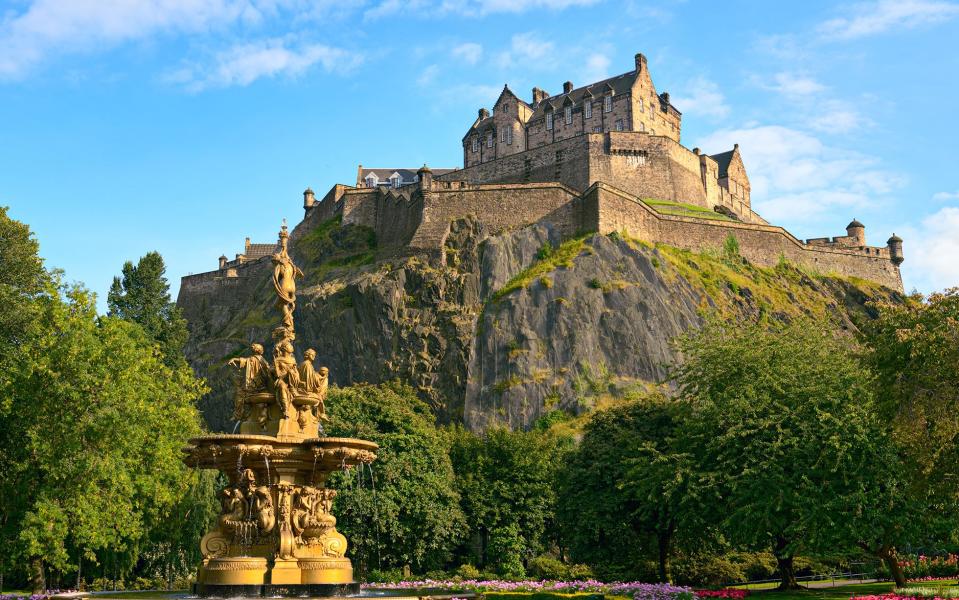
Edinburgh
Edinburgh festivals are set to go ahead in one form or another this August, with the International Festival planned to take place in outdoor venues. The atmosphere may not match a typical year, but you'll be warmly welcomed after a year without the annual event.
The sights
Taking place from August 7–29, the Edinburgh International Festival will return after a year in which theatres and concert halls were shut. Temporary outdoor pavilions will be set up throughout the city. More details are to be announced on June 2. Most of the other summer festivals, including Edinburgh Festival Fringe, have announced running dates: keep an eye on developments at the Edinburgh International Festival website).
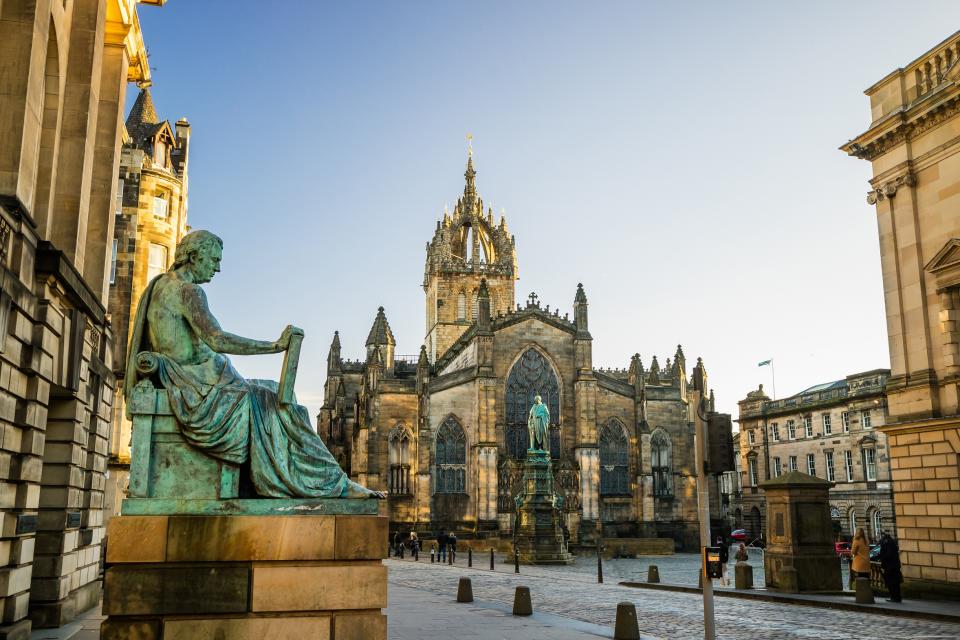
This may also be your only chance to enjoy the luxury of exploring Edinburgh Castle (reopening on April 30) without the crowds. Numbers controlled by pre-booking ensure that you will have no one breathing down your neck.
The walk
And speaking of crowds, this will also be the summer to climb Arthur’s Seat without feeling like you have joined a column of ill-disciplined ants. Take the Radical Road path from Holyrood Park and you will be able to look down on the Queen – or at least her palace before passing the pleasing ruins of medieval St Anthony’s chapel. Carry on down the other side to the pretty village of Duddingston, admiring the loch on the way. It’s the one in the famous painting of The Skating Minister, which you will find in the National Gallery (which is planning a phased reopening throughout April and May). Hopefully it won’t be frozen over in July, but this is Scotland… Then take a turn around blissfully peaceful Dr Neil’s Garden, if your legs are up to it. Admire historic Duddingston Kirk and definitely think about booking lunch at the Sheep Heid Inn (which is taking bookings for its outdoor drinking and dining area, or for indoor tables, where alcohol isn't served). If your motto is “two legs good, two wheels better”, cycle the quiet road around Arthur’s Seat to Duddingston, fuel up with lunch, then carry on to seaside Portobello for a stroll on the beach before returning to the city.
Where to picnic
If you want to linger like a local, grab a picnic at Soderberg the Meadows before staking your claim on the acres of lush grass on the adjacent meadows. If it’s Sunday, head for the Stockbridge Market on your way to Inverleith Park for a fabulous view of the skyline.
What you will miss
Even we locals came over all nostalgic for a city in which every second structure – be it a church hall, someone’s sitting room or even a telephone box – becomes a festival venue. The same buzz may not be its usual level this year, but we'll be glad to see the physical festivals return
Where to stay
After May 17: Dunstane Houses, from £171. Eden Locke, from £75. For more ideas on where to stay, see our complete guide to the best hotels in Edinburgh.
More information: edinburgh.org


